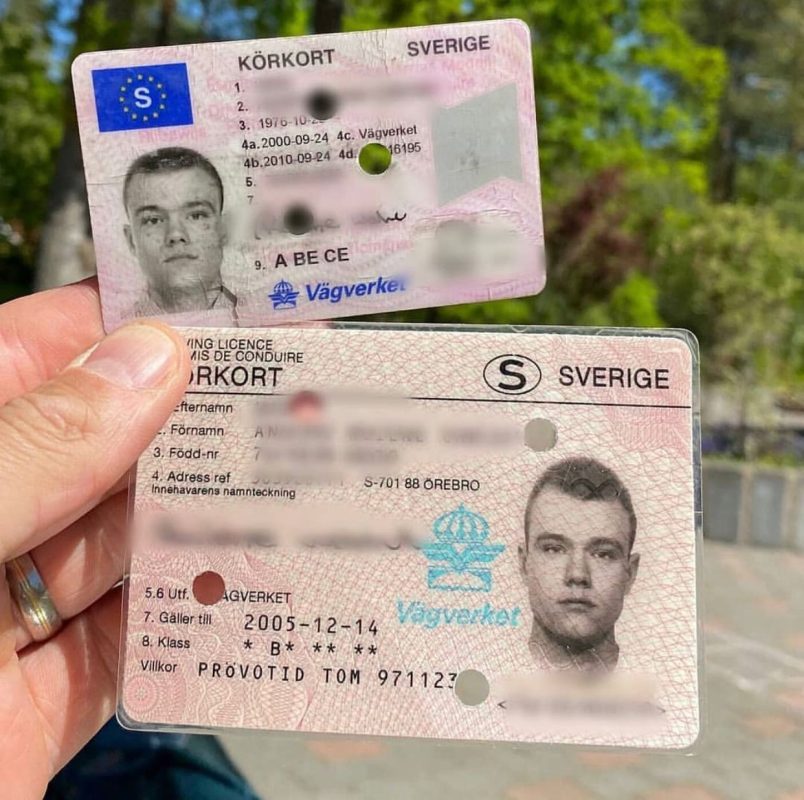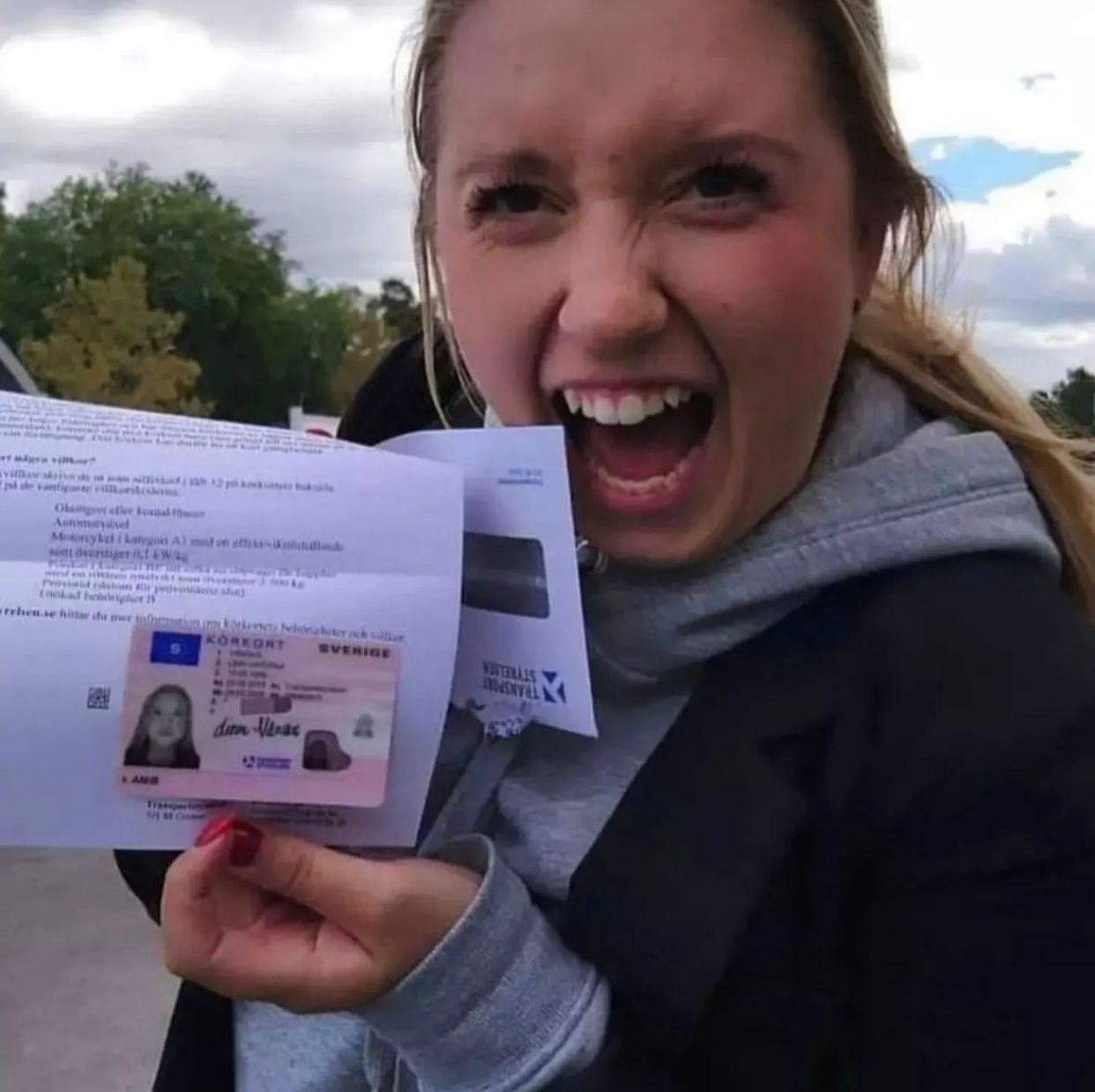How To Create An Awesome Instagram Video About Driving License Id-Hand…
페이지 정보
작성자 Demetria 댓글 0건 조회 56회 작성일 25-06-10 19:06본문
Navigating the New Landscape of Driving License ID Handling in 2025
In every society, the driving license acts as a vital document, not simply as an evidence of the ability to run a car however likewise as a recognition tool. As we step into 2025, significant changes have actually emerged regarding the handling and management of driving licenses, mostly influenced by advances in innovation, evolving guidelines, and the requirement for enhanced security steps. This post aims to provide an extensive summary of driving license ID handling in 2025, clarifying the innovations included, the upcoming legal changes, and offering answers to common questions.
The Transition to Digital Driving Licenses
Among the most noteworthy transformations in driving license ID handling is the extensive adoption of digital driving licenses. These digital licenses are saved digitally on smartphones, providing several conveniences to both motorists and authorities. In the United States, for instance, lots of states have actually started implementing digital motorist's licenses, while nations such as Canada and the UK are expected to do the same soon.

Secret Benefits of Digital Driving Licenses
- Convenience: Easily accessible on mobile devices, eliminating the requirement to carry physical copies.
- Improved Security: Incorporating biometric features and file encryption assists to combat identity theft and scams.
- Real-time Updates: Immediate updates to personal info, such as modifications in address or status, boost precision.
Difficulties and Concerns
In spite of the advantages, the shift to digital licenses provides challenges, consisting of issues about personal privacy, cybersecurity risks, and the digital divide impacting those without access to mobile phones or the web.
Changes in Regulatory Framework
As we head into 2025, numerous policies surrounding driving licenses have come under analysis and transformation. Governments and regulative bodies are concentrating on ensuring that driving licenses are safe and secure, legitimate, and issued in compliance with established laws.
Key Legislative Trends
Standardized ID Formats: Countries are moving towards a standardized format for driving licenses to streamline validation and enhance security.
Increased Verification Procedures: Authorities are now employing sophisticated techniques such as facial acknowledgment and AI to enhance verification procedures at checkpoints.
Concentrate on Sustainability: With growing ecological concerns, lots of states are deciding for environmentally friendly materials for physical licenses and checking out robust digital alternatives.
Age and Identity Verification: Enhanced steps are being put in place to accurately verify the age and identity of motorists, specifically in contexts where age-related laws apply to driving.
The Global Perspective: State-By-State Comparison
| Nation | Digital License Implementation | Present Regulations | Notable Features |
|---|---|---|---|
| United States | Numerous states in progress | Differs by state, efforts to merge formats | QR codes for easy recognition |
| Canada | In pilot phases | Standardized recognition throughout provinces | Combination with health IDs |
| United Kingdom | Early adoption stage | Emphasis on Online körkort (http://Maisoncameroun.Com) renewal and details updates | Digital verification via the app |
| Australia | Under consideration | Increasingly strict identification protocols | Concentrate on fraud prevention |
The Role of Technology in ID Handling
Technology is changing how driving licenses are dealt with. AI, blockchain, and biometrics are becoming essential to driving license issuance and confirmation.
Developments Shaping the Future
Synthetic Intelligence: AI algorithms are now used for recognizing patterns in driving behaviors, which can notify insurance coverage premiums and legal implications.
Blockchain Technology: Ensuring the integrity and credibility of driving license data, blockchain innovation permits safe sharing of info in between authorities without worry of tampering.
Biometrics: Increasingly, biometric systems are implemented at the point of issuance and verification, such as facial recognition and finger print scanners, to make sure protected identity confirmation.
Prospective Impacts of Emerging Technologies
The application of these technologies can lead to boosted dependability and security of driving IDs, however it raises questions about data privacy and user permission.
Frequently Asked Questions (FAQs)
1. What should I do if my digital driving license is lost or taken?
You should instantly report the loss or theft to your local motor vehicle firm. The majority of digital licenses have built-in features to disable gain access to from another location.
2. Are digital driving licenses accepted all over?
Since 2025, acceptance of digital licenses differs by region. It's advised to carry both digital and physical copies when traveling across state or nationwide borders.
3. Can I upgrade my info on a digital driving license?
Yes, updates can typically be made through the associated mobile application or website of the issuing authority.
4. What are the security steps for digital licenses?
Digital licenses generally integrate functions such as encryption, two-factor authentication, and biometric confirmation to enhance security.

5. How will conventional driving licenses be affected?
The relocation towards digital licenses may decrease the issuance of physical licenses, but they will still be offered for those not able to access digital alternatives.
As we advance into a brand-new period in 2025, the handling of driving licenses is enhancing to fulfill the demands of modern-day society. Through technological improvements and regulatory reforms, individuals can anticipate a more secure, effective, and streamlined process for obtaining and handling their driving licenses. Nevertheless, as digital services proliferate, it stays necessary to address challenges relating to privacy, security, and accessibility, ensuring equitable roadway gain access to for all chauffeurs while protecting personal information. As governments throughout the globe continue to adapt to these modifications, the future of driving license ID handling is set to be both vibrant and transformative.
- 이전글지지벳주소 [원탑보증.com/가입코드 111] 먹튀검증 25.06.10
- 다음글롤비제이솔랭 [원탑보증.com/가입코드 111] 사설토토사이트 25.06.10
댓글목록
등록된 댓글이 없습니다.

